How to calculate the power of a heating boiler
The basis of any heating is the boiler. Whether it will be warm in the house depends on how correctly its parameters are selected. And for the parameters to be correct, it is necessary to calculate the boiler power. These are not the most difficult calculations - at the third grade level, you only need a calculator and some data on your property. Handle everything yourself, with your own hands.
The content of the article
General points
In order for the house to be warm, the heating system must make up for all existing heat losses in full. Heat escapes through walls, windows, floors, roofs. That is, when calculating the power of the boiler, it is necessary to take into account the degree of insulation of all these parts of an apartment or house. With a serious approach, specialists order the calculation of the heat loss of the building, and according to the results, the boiler and all other parameters of the heating system are already selected. This task is not to say that it is very difficult, but it is required to take into account what the walls, floor, ceiling are made of, their thickness and the degree of insulation. They also take into account what kind of windows and doors are, whether there is a supply ventilation system and what is its performance. In general, a lengthy process.
There is a second way to determine heat loss. It is possible in fact to determine the amount of heat that a house / room is losing with a thermal imager. This is a small device that displays the actual picture of heat loss on the screen. At the same time, you can see where the heat outflow is greater and take measures to eliminate leaks.
Now about whether it is worth taking a boiler with a power reserve. In general, the constant operation of equipment on the brink of its capabilities negatively affects its service life. Therefore, it is desirable to have a performance margin. Small, about 15-20% of the calculated value. It is quite enough for the equipment to work not at the limit of its capabilities.
Too large stock is unprofitable economically: the more powerful the equipment, the more expensive it is. Moreover, the difference in price is substantial. So, if you do not consider the possibility of increasing the heated area, you should not take a boiler with a large power reserve.
Calculation of boiler power by area
This is the easiest way to select a heating boiler in terms of power. When analyzing many ready-made calculations, an average figure was derived: 1 kW of heat is required for heating 10 square meters of area. This pattern is true for rooms with a ceiling height of 2.5-2.7 m and medium insulation. If your house or apartment fits these parameters, knowing the area of your house, you can easily determine the approximate performance of the boiler.
To make it clearer, let's give an example of calculating the power of a heating boiler by area. There is a one-storey house 12 * 14 m. We find its area. To do this, we multiply its length and width: 12 m * 14 m = 168 sq.m. According to the method, we divide the area by 10 and we get the required number of kilowatts: 168/10 = 16.8 kW. For ease of use, the figure can be rounded: the required heating boiler power is 17 kW.
Considering the height of ceilings
But in private homes, ceilings can be higher. If the difference is only 10-15 cm, it can be ignored, but if the ceiling height is more than 2.9 m, you will have to recalculate. To do this, find a correction factor (dividing the actual height by the standard 2.6 m) and multiply the found figure by it.
Example of correction for ceiling heights... The building has a ceiling height of 3.2 meters. It is required to recalculate the power of the heating boiler for these conditions (the parameters of the house are the same as in the first example):
- We calculate the coefficient. 3.2 m / 2.6 m = 1.23.
- We correct the result: 17 kW * 1.23 = 20.91 kW.
- Round up, we get 21 kW required for heating.
As you can see, the difference is quite decent. If you do not take it into account, there is no guarantee that the house will be warm even at average winter temperatures, and there is no need to talk about severe frosts.
Accounting for the region of residence
Another thing to consider is the location. After all, it is clear that much less heat is required in the south than in the Middle Strip, and for those who live in the north of the Moscow region, the capacity will obviously not be enough. There are also coefficients to take into account the region of residence. They are given with a certain range, since within one zone the climate still changes greatly. If the house is closer to the southern border, a lower coefficient is applied, closer to the north, a larger one. It is also worth considering the presence / absence of strong winds and choosing a coefficient taking them into account.
- The middle band of Russia is taken as a standard. Here the coefficient is 1-1.1 (closer to the northern border of the region, it is still worth increasing the boiler power).
- For Moscow and the Moscow region, the result obtained must be multiplied by 1.2 - 1.5.
- For the northern regions, when calculating the boiler power by area, the figure found is multiplied by 1.5-2.0.
- For the southern part of the region, the coefficients are decreasing: 0.7-0.9.
An example of adjustment by zones. Let the house for which we are calculating the boiler capacity is located in the north of the Moscow region. Then the figure found 21 kW is multiplied by 1.5. Total we get: 21 kW * 1.5 = 31.5 kW.
As you can see, when compared with the original figure obtained by calculating the area (17 kW), obtained as a result of using only two factors, it differs significantly. Almost doubled. So these parameters must be taken into account.
Double-circuit boiler power
Above we talked about calculating the power of the boiler, which only works for heating. If you also plan to heat water, you need to increase the productivity even more. In calculating the power of the boiler with the possibility of heating water for domestic needs, 20-25% of the reserve is laid down (multiplied by 1.2-1.25).
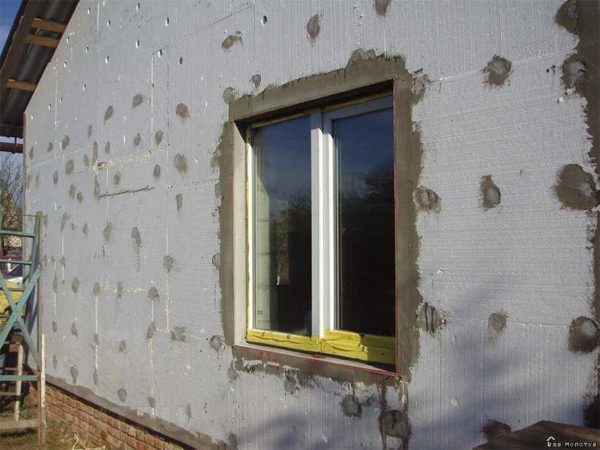
In order not to have to buy a very powerful boiler, you need a house as much as possible insulate
Example: adjusting for DHW capability. The found figure of 31.5 kW is multiplied by 1.2 and we get 37.8 kW. The difference is substantial. Please note that the stock for water heating is taken after taking into account in the location calculations - the water temperature also depends on the location.
Features of calculating the boiler performance for apartments
The calculation of the boiler power for heating apartments is calculated at the same rate: 1 kW of heat per 10 square meters. But the correction is proceeding according to other parameters. The first thing that needs to be taken into account is the presence or absence of an unheated room above and below.
- if there is another heated apartment below / above, a factor of 0.7 is applied;
- if there is an unheated room below / above, we do not make any changes;
- heated basement / attic - coefficient 0.9.
It is also worth considering the number of walls facing the street when calculating. More heat is required in corner apartments:
- in the presence of one external wall - 1.1;
- two walls face the street - 1.2;
- three external - 1.3.
These are the main areas through which heat escapes. They must be taken into account. You can also take into account the quality of the windows. If these are double-glazed windows, adjustments need not be made. If there are old wooden windows, the figure found must be multiplied by 1.2.
You can also take into account such a factor as the location of the apartment. In the same way, it is required to increase the power if you want to buy a double-circuit boiler (for heating hot water).
Calculation by volume
In the case of determining the power of a heating boiler for an apartment, another method can be used, which is based on the norms of SNiP. They prescribe norms for heating buildings:
- 41 W of heat is required to heat one cubic meter in a panel house;
- to compensate for heat loss in brick - 34 watts.
To use this method, you need to know the total volume of the premises. Basically, this approach is more correct, since it immediately takes into account the height of the ceilings. A little difficulty may arise here: we usually know the area of our apartment. The volume will have to be calculated. To do this, multiply the total heated area by the height of the ceilings. We get the required volume.
An example of calculating the power of a boiler for heating an apartment. Let the apartment be on the third floor of a five-story brick building. Its total area is 87 sq. m, ceiling height 2.8 m.
- Find the volume. 87 * 2.7 = 234.9 cubic meters. m.
- Rounding off - 235 cubic meters m.
- We consider the required power: 235 cubic meters. m * 34 W = 7990 W or 7.99 kW.
- Round up, we get 8 kW.
- Since there are heated apartments at the top and bottom, we use a factor of 0.7. 8 kW * 0.7 = 5.6 kW.
- Round up: 6 kW.
- The boiler will also heat water for domestic needs. For this we will give a margin of 25%. 6 kW * 1.25 = 7.5 kW.
- The windows in the apartment have not been changed, they are old and wooden. Therefore, we apply a multiplying factor of 1.2: 7.5 kW * 1.2 = 9 kW.
- The two walls in the apartment are external, so once again we multiply the found figure by 1.2: 9 kW * 1.2 = 10.8 kW.
- Round up: 11 kW.
In general, here's this technique. In principle, it can also be used to calculate the boiler output for a brick house. For other types of building materials, norms are not spelled out, and a panel private house is a rarity.

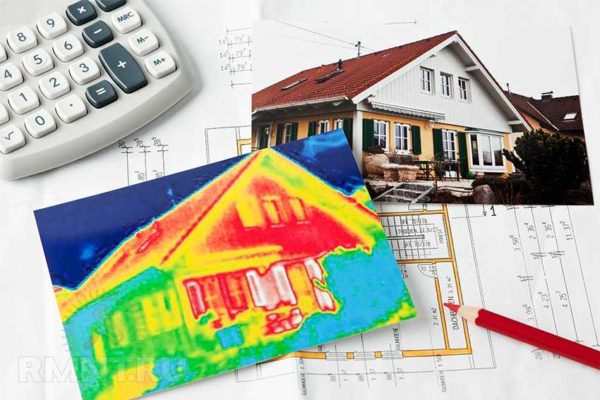

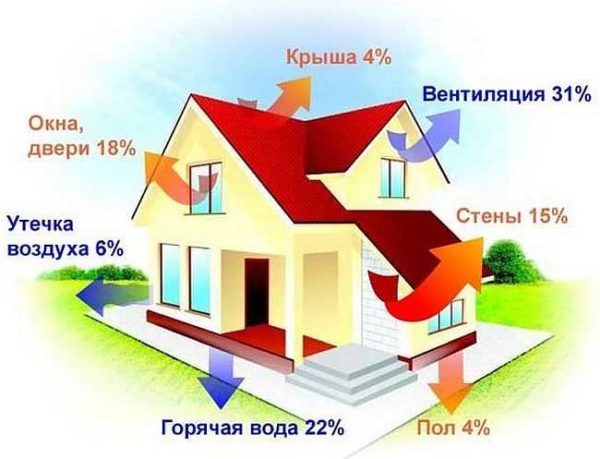
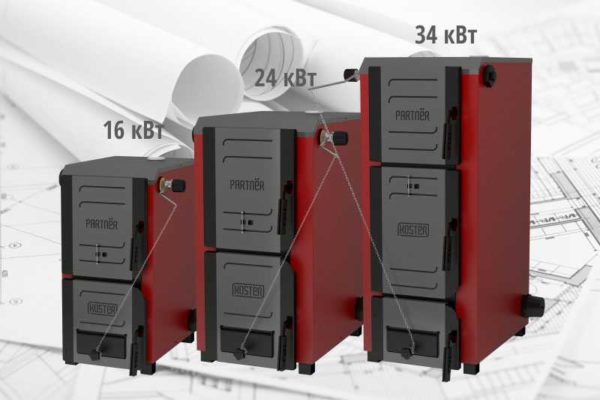
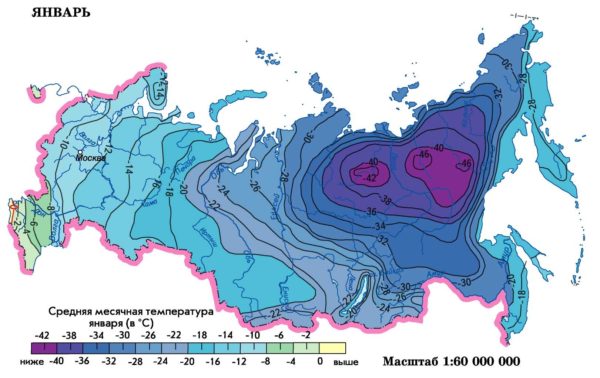
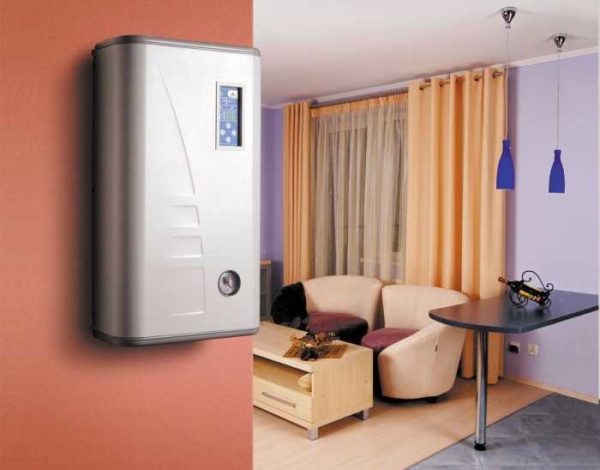
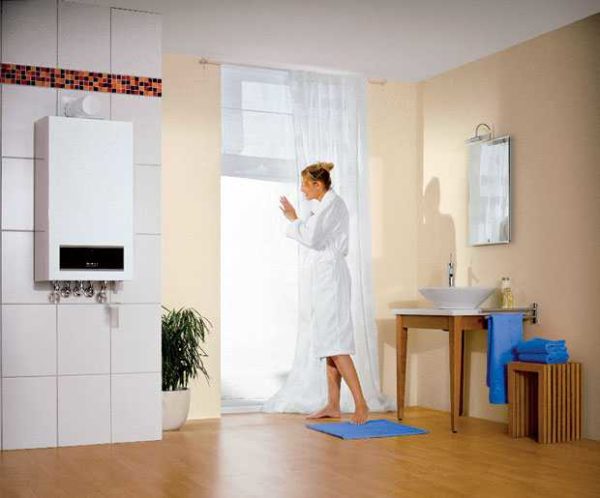
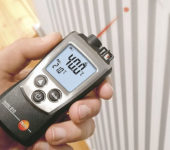
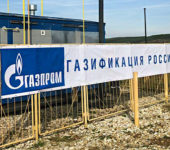
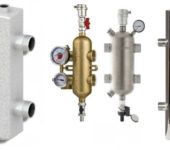
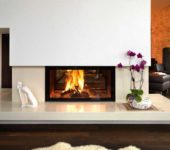
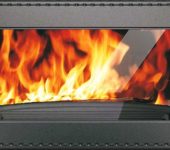





Who understands heating, help with choosing a boiler. Which is better to put on a house of 200 sqm? There is no main gas, if only to buy it, but they say it will cost a pretty penny.
Andrey, of course, will fly. And electricity is very expensive. For several weeks I myself studied the issue of heating and which boiler to choose, talked with many experts and found out this is what. The most important thing when choosing a boiler is efficiency, the lower the temperature in the pipe, the more heat is used to heat the water. You don't want to heat the street for your money either ... You also have to pay attention to steel, it must be thick and strong, otherwise it will burn out quickly. And the boiler must necessarily be not demanding on the quality of the pellet, since I personally did not want to be attached to one company. The DOZATECH boiler, a domestic high-quality boiler at a good price, came up to all my requirements. Want to throw a link, take a look.
Ruslan, thanks for your answer. I've already heard about pellet boilers, but now you pushed me even more to the idea of studying information about them. I have already found the site of this company, I read about the models. Thank you.